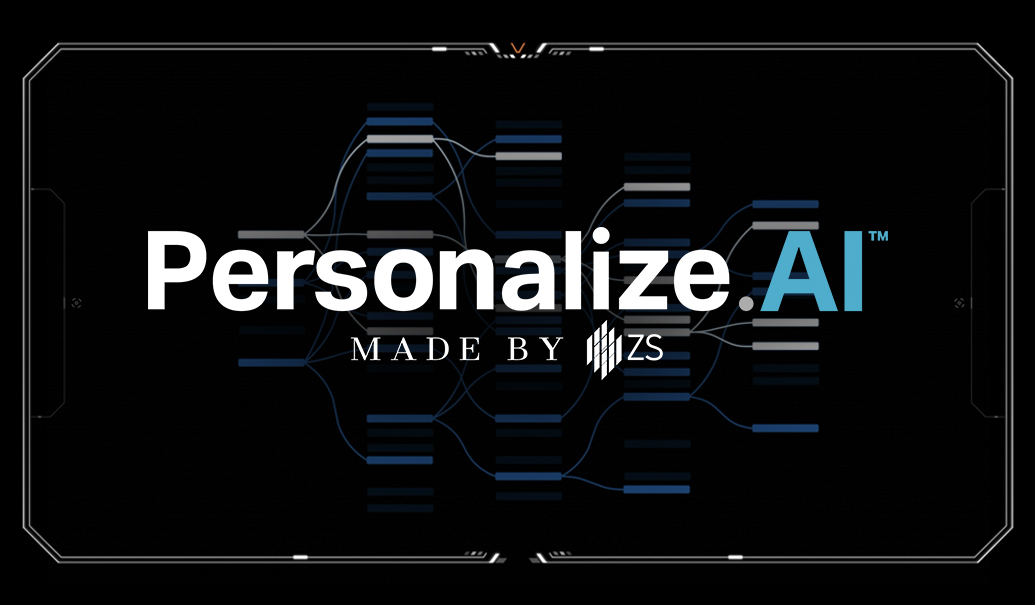After the pandemic, many believe that automation will accelerate—and for good reason: In the three recessions that have occurred over the past 30 years, 88% of job losses took place in highly automatable occupations. We’re facing the twin realities of potentially the worst recession in generations and a mature automation technology that is ripe for deployment. Lost revenue means leaner workforces. Lean workforces drive the need for automation so that smaller teams can accomplish more with fewer people. For example, we’ve been seeing automation in call centers for years now. This will surely accelerate. In a cruel irony, the state of Texas recently acquired chatbots to handle inquiries to an overwhelmed unemployment system. I can only imagine how it feels to call the number and be met with a machine doing what was historically a human’s job. But given how lean the team was and how high the call volume was, the state felt it had no choice.
As you respond to this crisis and create a road map to your future, be wary of only planning for cost-cutting via automation. Increasing industrial or business process automation makes sense, but your business’s future should also feature AI prominently, which means you must first look to scale AI across the enterprise. Before the pandemic, companies were turning to AI to drive growth and profitability, but they were largely struggling to scale their experiments across the enterprise. Now is the time to repair those struggles. Second, find ways to leverage AI to respond to the tailwinds that the pandemic will likely leave behind. Give yourself the time to think through impending market forces that may require you to rethink key aspects of your business processes.
“Continue to focus on bringing your innovations from proof of concept to scale and adapt your business to the new realities that will spawn countless disruptions and disruptors.”
Scaling AI solutions
Going forward, it won’t be enough to think innovatively; you’ll also need to turn your ideas into real, functioning solutions. In an Accenture report that surveyed 1,500 C-suite executives in 16 industries, 76% of respondents said they were struggling to scale the technology across their businesses. Only 5% of more than 200 manufacturers surveyed by the MAPI Foundation said they have a clearly defined strategy for AI. I’ve seen many reasons for these struggles, including infrastructure requirements, cross-functional collaboration challenges, and a lack of standardization and re-usability of tools across use cases. To overcome stumbling blocks and plan for the unique challenges ahead, focus your AI strategy around these five actions:
- Define the problem. Take a consultative approach to identifying business needs, solving the right set of problems and focusing on the ones that can drive meaningful value at scale. At times, this may require revisiting hypotheses or making meaningful trade-offs between enhancing existing solutions and exploring new ones. A sales organization, for example, might focus its attention on the loss of accounts, or churn, as acquiring new customers is much more expensive than retaining existing ones. Defining churn is the first and most important stage. Could AI help you predict customer attrition by identifying risk factors such as reduced customer consumption or engagement?
- Pay attention to building the right data pipeline. Your AI is only as good as the data that you provide to it. Scaled solutions require data that will continuously inform new outcomes. You need to be thoughtful about how and when data will refresh, always maintain quality and ensure you can create the most relevant features. In keeping with the sales example, data that could enhance predictions include account characteristics, user patterns, sales conversations and more.
- Increase the sophistication of your modeling. Revisit the model after the design phase and consider whether all features are still relevant, whether new models could be assembled to improve outcomes, and when and how to retrain them.
- Don’t underestimate the power of explainability and transparency. AI can be critical to decision-making, but you must be able to explain its choices to whomever asks. You need to ensure that explanations are relevant for the business, balance specificity with simplicity and frequently communicate the impact to gain buy-in from all levels of the organization. A salesperson, for example, would want to know why an account was flagged as a potential candidate for churn and what she could do to address it. Providing those explanations is important to build trust and adoption.
- Monitor the solutions continuously after deployment. Deploying the solution for the first time may feel like half of the battle, but consistently monitoring its reliability is critical. Look for ways to identify if the algorithms are working as intended, manage and triage errors, and prevent model biases by being proactive and helping your data science teams avoid ad hoc and manual efforts. In a sales organization, you could incorporate feedback from reps that leverage AI recommendations to improve the predictions that the model is making.
Post-pandemic tailwinds
Much of the “disruptor class” will have been set back by the virus, but others are still working in their garages with low or no overhead to slow their efforts. Others will be born from the crisis. Venmo, Uber, WhatsApp, Groupon and Instagram all sprang from the ashes of the Great Recession. The world was already in a rapid state of change before COVID-19. In many ways, we don’t yet know how we’ll be impacted by the pandemic, but there are some trends that we know are likely to accelerate and will become more important than ever. We should prepare for them now.
Work from home is a new normal. Tata Consultancy Services, India’s largest IT services firm, has announced a new initiative called “25/25.” By the year 2025, no more than 25% of its workforce (448,000 globally) will be expected to work in its offices. The remaining are expected to work from home. Months spent sheltering in place will lead to more comfort with all forms of digital consumption. For example, we’re seeing telehealth emerge as a viable alternative to visiting the doctor’s office. When things move forward again, we can be certain that some of these experiments will lead to permanent change.
Personalization is likely to become more important than ever. Your consumers are much less willing to listen to or appreciate thoughtless outreach. A lack of personalization could lead to frustration and resentment. Finding ways to reach consumers is key to winning their trust and business. AI can help a retailer learn more about a customer’s needs, better understand her wants, and design a message and an offer that resonates for her.
Traditional roles are likely to be disrupted in meaningful ways and, again, AI can help. Field sales roles will likely remain changed for the foreseeable future. Given that customers will look to digital channels to consume information, there will be less travel for sales representatives and therefore a greater number of customers that can be effectively managed. AI is the perfect tool to help us achieve such scale as it can orchestrate actions across channels and gather intelligence on the customers.
Organizations will have to adapt and rethink their processes and offers—instead of simply turning to automation to thrive in this new reality. Further, don’t simply use AI to help you do business as usual. Treat AI as architecture, not a collection of features. With AI, you have the capacity to re-imagine how you do business entirely. If grocery stores innovated within the bounds of their existing business model, they’d add AI features like an expensive system that did the work of a cashier. Companies like Amazon, however, are leveraging AI to re-imagine how the checkout process works by doing away with that step entirely. Failing to have an architecture mindset can make you vulnerable to disruptors as well as poor investments that quickly become obsolete. (I hope no one invested in robot cashiers.)
We are living in unprecedented times, so we must be deliberate as we navigate through them and keep investing in AI. Continue to automate where feasible but don’t stop there. Continue to focus on bringing your innovations from proof of concept to scale and adapt your business to the new realities that will spawn countless disruptions and disruptors. Doing so may be a matter of business survival.















